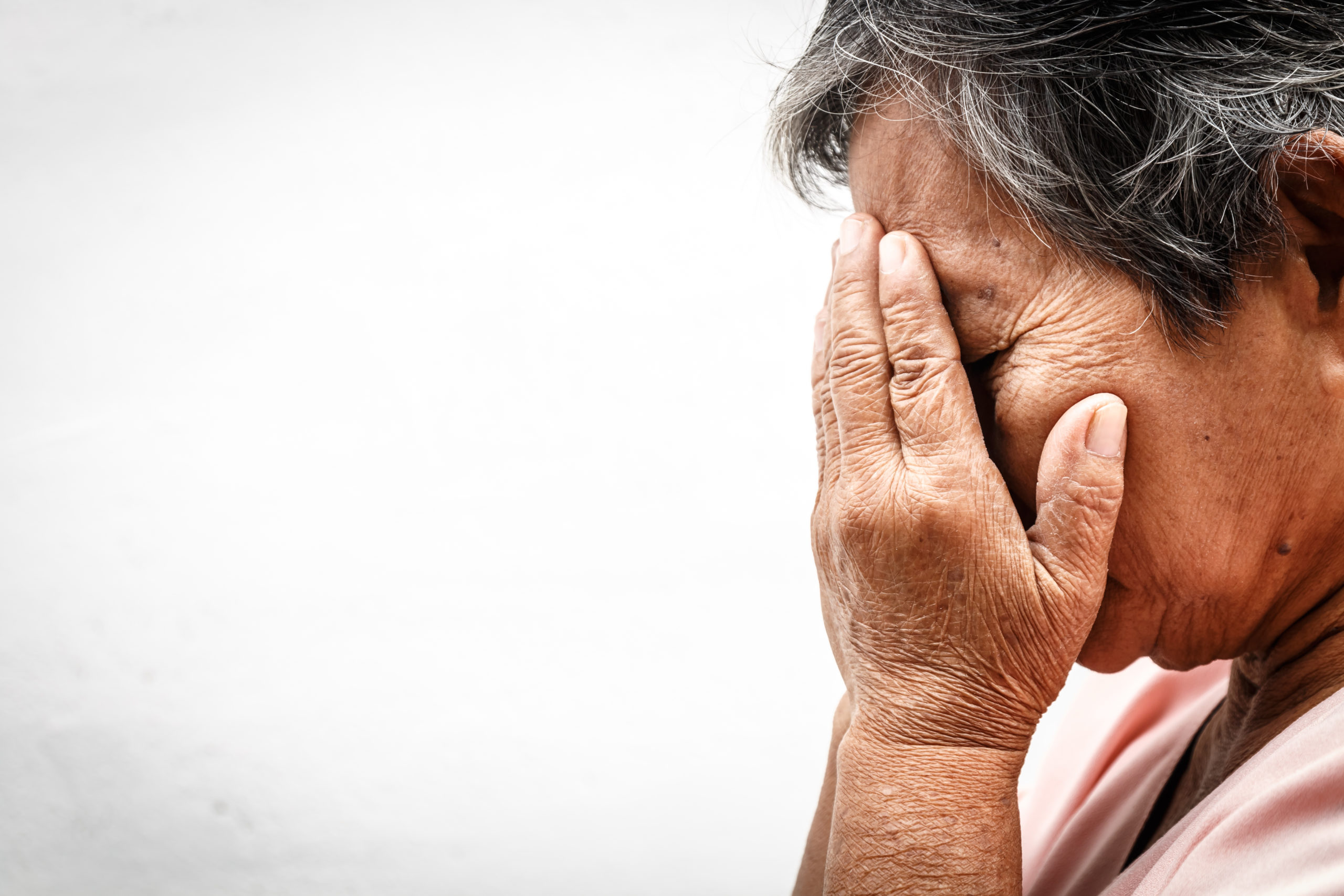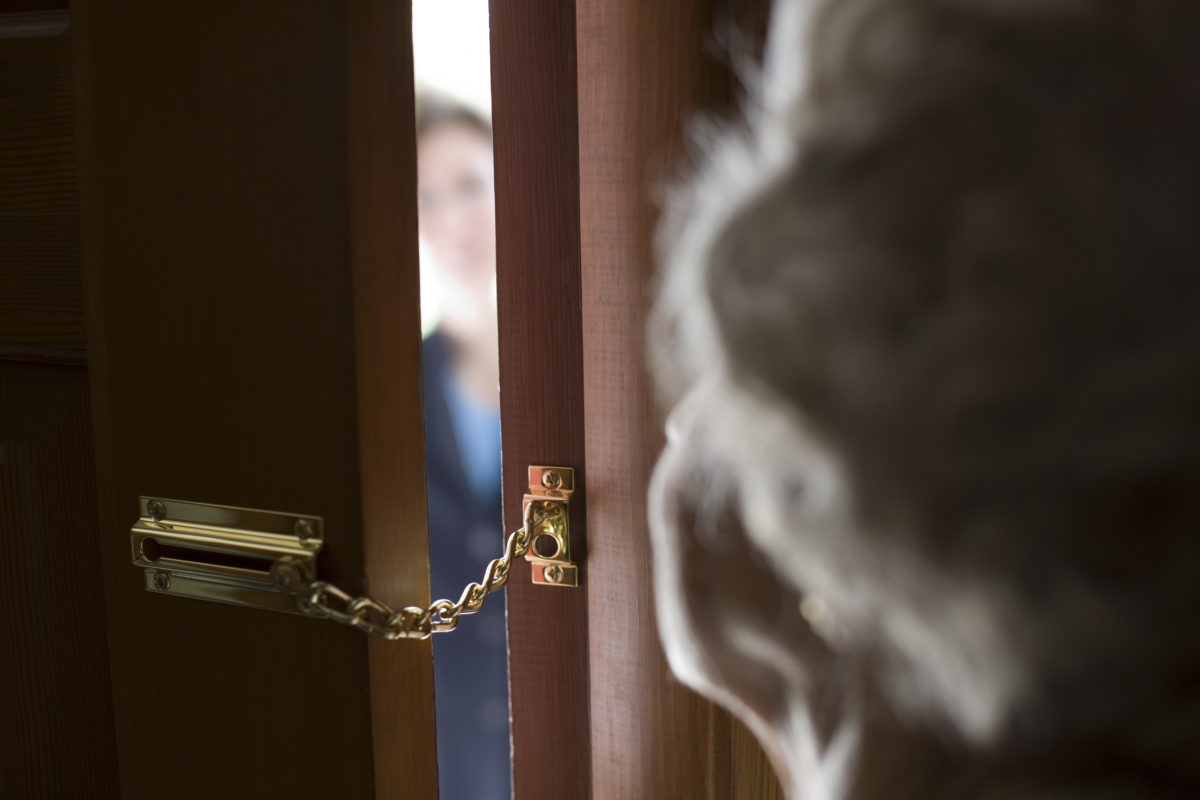During my Bachelor of Nursing studies in 2021, at Te Kura Tapuhi Otago Polytechnic, I was required to complete a reflection for my community health portfolio.
Students were encouraged to use creativity: I used my passion and emotions to illustrate a challenging situation during my community nursing placement.
While on placement, my preceptor and I visited an elderly couple, who had been referred to community nursing services by their general practice doctor (GP). The wife had been recently discharged from hospital after receiving acute treatment for her medical complications.

The husband appeared to be experiencing his own health struggles, and the GP suspected they were not coping.
Health professionals had raised concerns after observing the husband exhibiting controlling behaviour towards his wife.
The nursing team implemented support for the wife until a plan could be made for a long-term solution. More importantly, the team wanted to gain insight into the couple’s marital dynamics and current situation.
We arrived at a grand house located near the centre of town. On arrival, it was apparent that the house had been let go. Overgrown vegetation and stacks of old newspapers obstructed the entrance to the front door. We were met by two empty whiskey bottles neatly placed on the concrete steps, and a few steps up, a glass recycling bin overflowing with alcohol bottles.
We knocked on the door a couple of times to be met by silence. We decided to call the landline and could hear it ringing inside. Unexpectedly, a loud and furious roar from within the house startled us. Behind the glass, we saw a man fly down the stairs, while a woman appeared in the hallway from another room, looking flustered, as she tried to reach the phone.
The man yelled again, aiming his words at his wife: “You stupid woman!”
Unexpectedly, a loud and furious roar from within the house startled us
We knocked again to indicate our presence. The wife struggled with the lock and opened the door. No sooner did the man whisper a brief apology, he fled back up the stairs without us getting a glimpse of his face. He did not reappear for the duration of our visit.
The woman welcomed us into her home and apologised for her husband’s behaviour. She said he was quick to anger because he could not hear the phone, and she was often too slow to reach it in time.
We were guided into a living room area; the heavy velvet curtains shut to the outside world, and a small fan heater on the floor kept the place warm. Acrid aromas circulated the room, and a gathering of thick dust coated the unemployed piano. A low-to-the-ground three-seater couch was protected with plastic sheets and stained towels. She said this was her bed. It’s where she would sleep.

In between pauses she told us her story; she winced in pain and guarded a limb recovering from a recent fracture. She looked pale and weary; the clothes she wore were loose-fitting and blemished. She often raised a hand to her face to mask her distress; the sound of her voice quivered as she expressed her thoughts.
She sought our opinion; was she unwell and did she need to return to the hospital? It was as if she wanted us to make the decision for her.
She voiced her love and loyalty for her husband; she would follow what he thought was best. She confided that her husband had been isolated while she was in hospital, and this had exacerbated his alcohol consumption and decayed his mental state. The notion of being better off dead, was more appealing than to be separated from his wife.
On the second visit the following day, intermittent creeping noises from the upstairs made me feel uneasy.
Dirty pots and pans were strewn across the kitchen bench. A table piled high with dirty laundry and stale biscuits. Multiple bottles of empty medications were dotted around in different rooms. The washing machine was redundant, along with an open fuse box with one tripped switch. We finished our visit, ensuring the woman felt safe, and she agreed that we could come back the following day to check in on her.
A telephone number was left for her to contact us if things deteriorated. We said our goodbyes and hesitated on our return to the car, ears alert, anticipating further quarrelsome dialogue.
On the second visit the following day, intermittent creeping noises from the upstairs made me feel uneasy. The team was spooked as the husband quietly appeared from behind the velvet curtain doorway to join the conversation. To my surprise, he was pleasant on interaction and less intimidating than I had pictured him the day before. He agreed to let us return over the next few days to support his wife with her personal care, as long as there was no cost involved.
It sounded like finance was a huge barrier for this couple despite living in a once-grand home and having had professional careers. The wife, exhausted, appeared pleased we had returned to visit. Assessments such as her vitals, skin, mobility and mental wellbeing were recorded before we concluded our visit.
She confided that her husband had been isolated while she was in hospital, and this had exacerbated his alcohol consumption and decayed his mental state.
On the third visit, I was pleased to see that the husband had made an effort in preparation for our arrival. He had cleaned up the kitchen, shopped for food, and turned on a heater to warm the room before we assisted his wife with a sponge bath.
We caused a disturbance turning on the hot water tap when an airlock caused a loud vibration to travel through the house.
Like the first visit, the husband could be heard shouting from upstairs, and in a flash, he was down in the kitchen. He scolded his wife for not notifying us about the tap. He shut the door aggressively and returned upstairs. We saw the wife had a good portion for her breakfast, and she thanked us for helping her feel clean after her wash. We felt as if we had achieved some positive outcomes.
We got no response from knocking at the door on the fourth and final visit to this couple. We called the landline and could hear it ringing inside. It was finally answered by the wife. She informed us that her husband was refusing to let anyone in the house. She sounded frail and indicated that she was not in the best place. We could hear her husband making comments in the background.
My preceptor promised her that she would return shortly to help her. We swiftly left the property and returned to the car. An emergency response was actioned. I was dropped off at the office for my own safety, and a social worker was collected to return to the property. In the end, police helped gain entry and remove the wife from the house.
During her escort to the hospital, she was asked how she felt. She expressed a sigh of relief and affirmed that she now, felt safe.
What have I learned?
This situation was confronting, raw and eye-opening. It exposed some of the realities behind closed doors, which probably occur more frequently than I like to imagine. This experience gave me a taste of the many challenges faced by vulnerable groups such as the elderly living in the community.
Upon reflection, I saw a couple that dearly loved each other and had retained a prosperous marriage for more than 60 years. Despite efforts to remain at home, the couple’s declining health meant they could no longer cope, and their quality of life had deteriorated. I perceived the husband’s alcohol consumption as his way of coping due to the spiraling loss of control within his home, marriage, finances, and the possible reversal of roles and power within the marital union.
The colossal changes this couple were experiencing at this stage of their lives, only increased my empathy towards them.
I have learned that abuse can take many forms; it can be denied, or either party could be blind to its existence. It can take numerous attempts for people to build trust, admit and agree to help from health professionals. It takes more than one interaction to build a therapeutic relationship.
My preceptor and the social worker demonstrated advanced knowledge and skills to communicate safely in this situation. Multiple specialist consultations from social workers, mental health teams, management, whānau, and the police helped safely navigate this thorny situation.
I have learned that abuse can take many forms; it can be denied, or either party could be blind to its existence.
Secondly, this experience will remind me to consider the unknown realities of a patient’s home environment when considering care and discharge planning. Sadly, nurses are often time-poor in a busy clinical setting, with limited opportunities to listen to life stories. It is easy to jump to assumptions and hard to inhibit inner bias, overlooking those who may need more help beyond the superficial presentation.
I noticed that the shift in power between clinical and home environments can be challenging and uncomfortable. This is a good thing, a reminder that the patient is in the centre, that home is their strength, and respect is imperative, no matter how polar their culture and norms may differ from our own.
Conclusion
I felt the urge to share my experience with others to highlight real community issues that are not often considered when working in the constrictions of a four-walled clinical setting.
Community nursing has given me invaluable and rich exposure to the realities of some of our more vulnerable people in society. I believe this is an integral part of all nursing students’ education and experience. In addition, I feel that all nurses should embrace reflection as a valuable tool to make sense of situations that challenge us during our practice and help find the positives. I have discovered that I can use creative reflection as technique to emotionally debrief and to sustain myself for future practice. I think everyone should add reflection their toolbox.
Lastly, I would like to acknowledge my lecturer for promoting creativity in my portfolio this year. It has led me to this fantastic achievement of producing a written piece for publication. Tēnā koutou!



